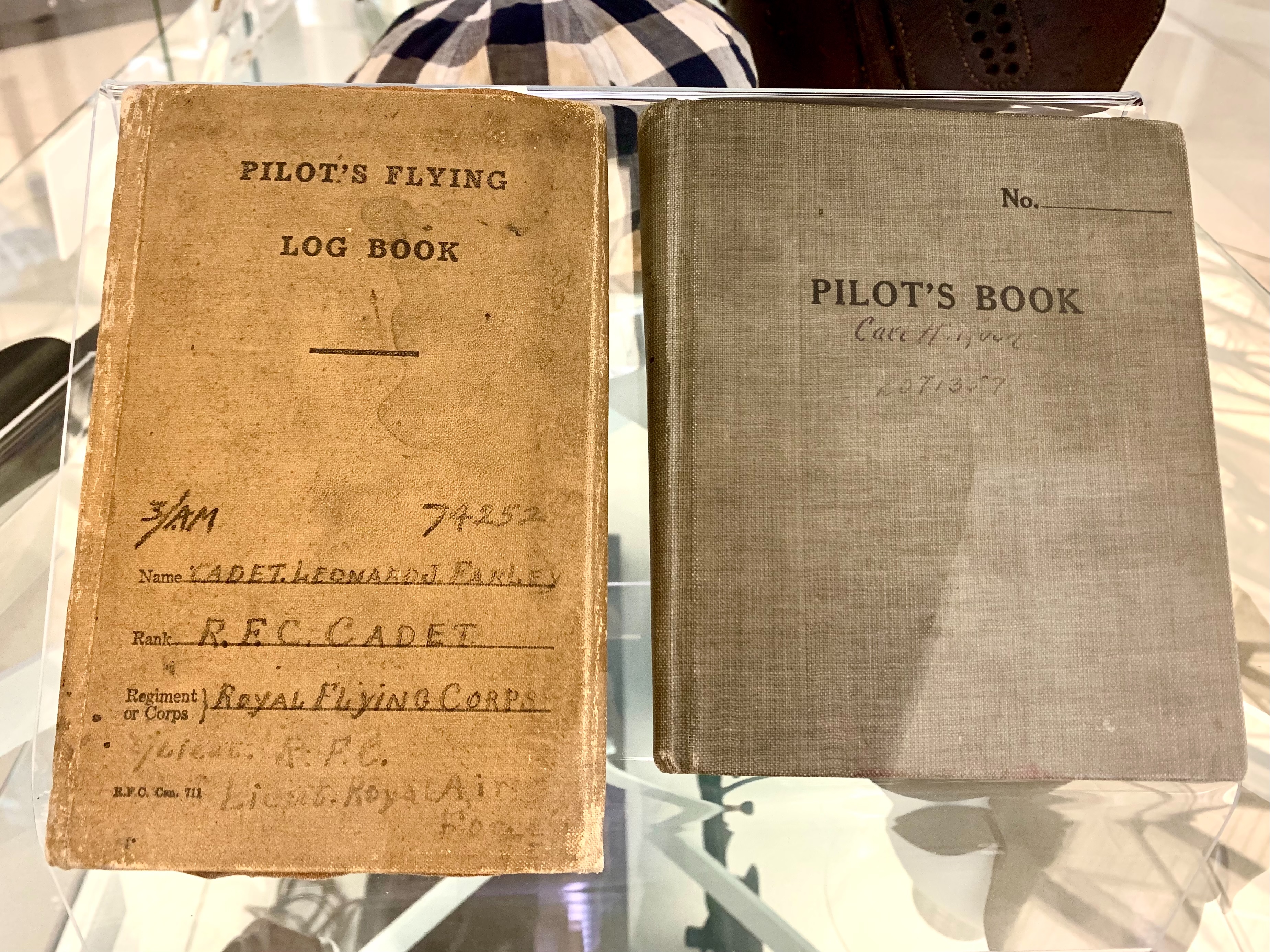Pilot logbook


A pilot logbook is a record of a pilot's flying hours. It contains every flight a pilot has flown, including flight time, number of landings, and types of instrument approaches made. Pilots also log simulator time, as it counts towards training.[1]: FCL.630.H [2]
In most countries, pilots are required to maintain a logbook, per their government's aviation regulations. The primary purpose is to show that certain requirements have been met for a certificate or rating, and for currency purposes.
Time logged is block time, which includes time spent taxiing, not just time in the air.
Flight logging requirements by country
Australia
In Australia, pilot logbooks must be retained for seven years after the last entry.[3][4]
European Union
The European Aviation Safety Agency (EASA) provides a sample logbook format in which all flights should be logged.[1]: FCL.050 Information to be logged includes location and time of departure and arrival, the aircraft registration, the aircraft make, model and variant, the name of the pilot in command, whether the flight was single-pilot or multi-pilot, and for single-pilot flights whether the aircraft was single-engine or multi-engine. Time in a flight simulator (FSTD) is also logged.
In addition to the requirements of Part-FCL.050, whether a flight was cross-country should also be logged for the issue of an airline transport pilot licence (ATPL).[1]: FCL.510.A
Ireland
In Ireland, electronic logbooks are not acceptable for the issue of an ATPL. All PICUS (pilot in command under supervision) entries must be countersigned by the pilot in command, including the PIC's licence number;[5] electronic signatures are not acceptable.[6] Time recorded as PICUS but not signed off may not be used at all.[6] All time under instruction must be countersigned by the instructor.[5]
United Kingdom
In the United Kingdom, personal logbooks must be retained for at least 2 years after the date of the last entry.[7]
United States

In the United States, a pilot is required to log all flight time that is used to meet the minimum requirements for a certificate, rating, flight review, or instrument proficiency check, and for currency.[8] This means that a pilot does not need to record every single one of his or her flights.
The Federal Aviation Administration does not require the flights logged to be logged in an official logbook or format, so long as the conditions CFR Title 14 §61.51 paragraph b are met.[8] This requires information about the flight, such as date, total time, locations of takeoff and landing, and information regarding pilot in command, etc.
Because the FAA does not require an official logbook or official format, many formats are available to pilots. Some pilots even use digital methods, such as recording this information in a spreadsheet, or using a specially-designed app.
See also
References
- ↑ Jump up to: 1.0 1.1 1.2 EASA Part-FCL. Retrieved 11 May 2023 from link
- ↑ Instrument rating for aeroplanes. UK Civil Aviation Authority. Retrieved 21 November 2023 from www.caa.co.uk
- ↑ Private pilot licence. Australia Civil Aviation Safety Authority. Retrieved 29 October 2021 from link
- ↑ CIVIL AVIATION SAFETY REGULATIONS 1998 - REG 61.355 Retention of personal logbooks. Retrieved 29 October 2021 from classic.austlii.edu.au
- ↑ Jump up to: 5.0 5.1 PLAM.024 Recording of flight time and formatting acceptable to the Irish Aviation Authority. Retrieved 5 October 2021 from Irish Aviation Authority
- ↑ Jump up to: 6.0 6.1 FAQ - Logbook - EU PART-FCL & Irish National Licences. Retrieved 5 October 2021 from Irish Aviation Authority
- ↑ Air Navigation Order 2016, PART 9 Documents and records, Section 235 Production of documents and records. Retrieved 5 December 2021 from link
- ↑ Jump up to: 8.0 8.1 Lua error: bad argument #1 to "get" (not a valid title).
